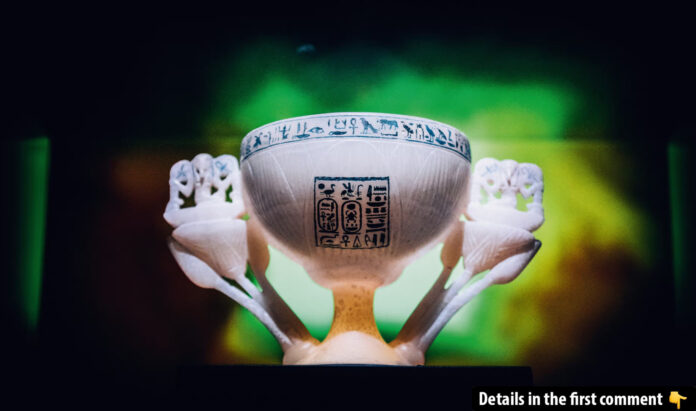The Lotus Chalice, also known as the “Wishing Cup,” is a breathtaking artifact from the tomb of Tutankhamun, one of ancient Egypt’s most enigmatic pharaohs. Discovered by Howard Carter in 1922, this alabaster masterpiece is more than just an exquisite work of art—it encapsulates the religious, cultural, and symbolic values of New Kingdom Egypt. Carved to resemble a blooming lotus and adorned with intricate inscriptions, the chalice stands as a testament to the eternal aspirations of a young king and his civilization.
The Discovery of the Lotus Chalice
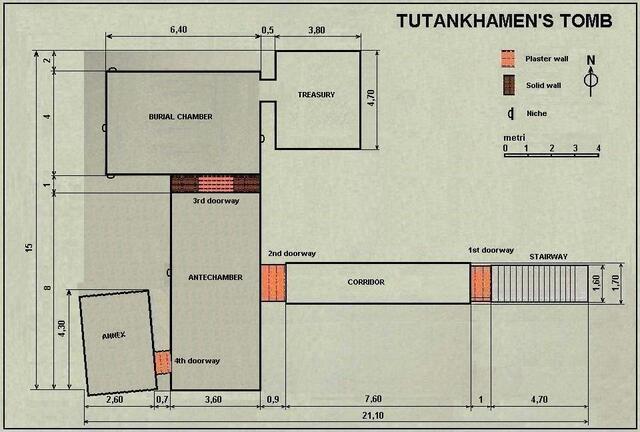
In November 1922, Howard Carter uncovered the tomb of Tutankhamun (KV62) in the Valley of the Kings, a moment that marked one of the most significant archaeological discoveries in history. Amid the treasures, the Lotus Chalice was one of the first objects Carter and his team encountered in the antechamber. Resting on the tomb’s floor, the chalice immediately captured attention with its exquisite design and pristine craftsmanship.
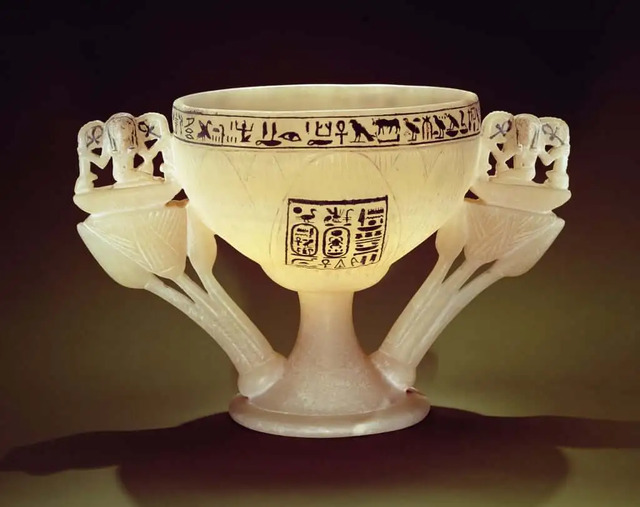
The chalice was carved from a single piece of alabaster, showcasing the remarkable skill of ancient Egyptian artisans. Its discovery not only highlighted the sophistication of the 18th Dynasty but also provided an intimate glimpse into the spiritual life of the young pharaoh. For Carter, the chalice’s presence in Tutankhamun’s tomb symbolized the king’s wish for eternal happiness and renewal in the afterlife.
Uncover the mystery of Tutankhamun and the sacred cup of eternal life – watch the video to explore the ancient artifacts and the secrets they hold about the young pharaoh’s tomb!
Design and Artistic Elements
The Lotus Chalice is a masterpiece of artistry and symbolism. Shaped like a white lotus in full bloom, the chalice’s design captures the essence of renewal and rebirth, themes deeply embedded in Egyptian mythology. The rounded petals of the central cup represent the purity and beauty of the lotus flower, which was revered for its association with the sun god and the cycle of life.
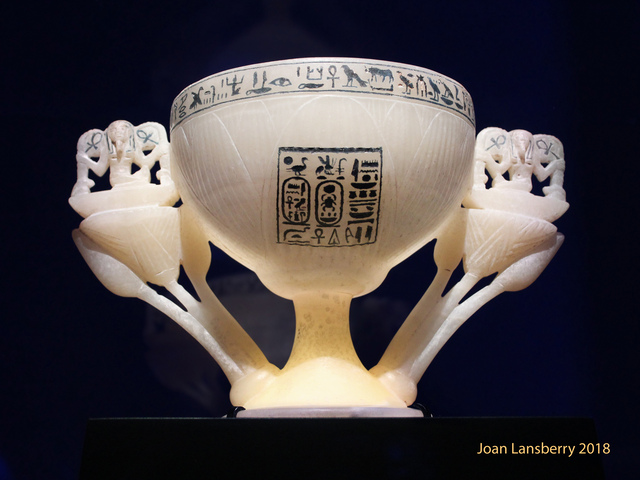
The handles of the chalice are formed by blue lotus flowers flanked by budding blooms, further emphasizing the motif of regeneration. Supporting the design are intricate depictions of the god Heh, the deity of eternity. Heh is shown kneeling on the neb symbol, holding palm ribs notched to represent the passage of years. The ribs rest on shen rings, symbols of infinity, while the ankh symbols at the tips of the ribs signify life. Together, these elements convey a powerful message of eternal life and divine favor for the king.
Religious and Mythological Significance
The lotus holds a profound place in Egyptian mythology, often associated with creation and the rebirth of the sun. According to ancient beliefs, the sun god emerged from a lotus flower that rose from the primordial waters, bringing light and life to the world. By shaping the chalice as a lotus in full bloom, the artisans symbolized Tutankhamun’s rebirth and divine connection.
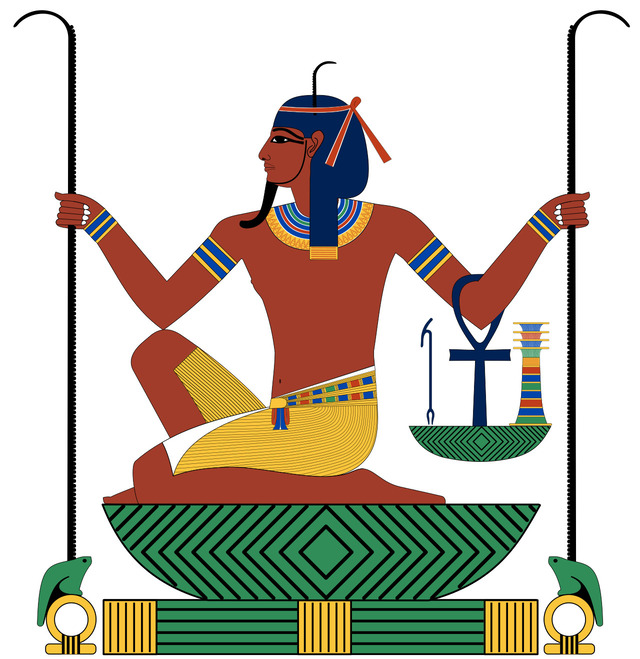
The chalice also reflects the Egyptian concept of infinity and eternity. The god Heh, prominently featured in the design, embodies these ideals. The inscriptions and imagery combine to emphasize the pharaoh’s desire for eternal happiness, peace, and vitality in the afterlife. These themes align with other artifacts from Tutankhamun’s tomb, such as the cedar chair and the Head of Nefertem, both of which reinforce the king’s association with renewal and divinity.
Inscriptions and Their Messages
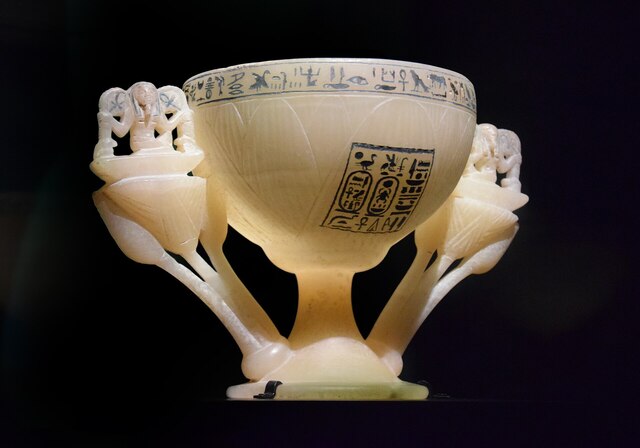
The Lotus Chalice is adorned with inscriptions that further enhance its symbolic power. The central lotus bears Tutankhamun’s throne name, Nebkheperure, alongside his personal name, Tutankhamun, accompanied by titles that honor Amun-Re, the king of the gods. These inscriptions proclaim the king’s divine authority and eternal life.
Around the rim of the chalice, a poetic inscription offers a heartfelt wish for the king:
“May your ka live, may you spend millions of years, you who love Thebes, sitting with your face to the north wind, your eyes beholding happiness.”
This invocation reflects the Egyptian belief in the enduring spirit (ka) of the individual, as well as the hope for eternal contentment in the afterlife. It is this inscription that earned the chalice the nickname “Wishing Cup,” underscoring its role as both a functional vessel and a spiritual talisman.
Cultural and Historical Context
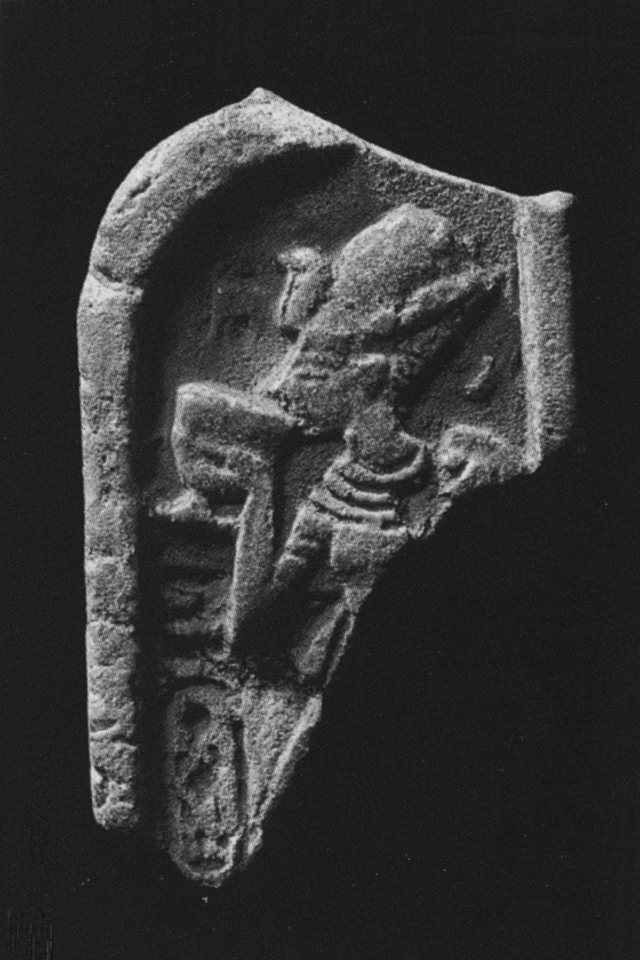
Tutankhamun reigned during the New Kingdom’s 18th Dynasty, a period of artistic and cultural flourishing. Despite his brief reign and young age, the treasures buried with him reflect the wealth and grandeur of the time. The chalice’s connection to themes of eternity and rebirth also reveals the profound influence of religious beliefs on Egyptian funerary practices.
Tutankhamun’s lineage further enhances the chalice’s historical significance. As the son of the controversial pharaoh Akhenaten and the grandson of Amenhotep III, Tutankhamun’s reign marked a return to traditional religious practices. The Lotus Chalice, with its references to Amun-Re and its imagery of cosmic renewal, symbolizes this restoration of religious harmony.
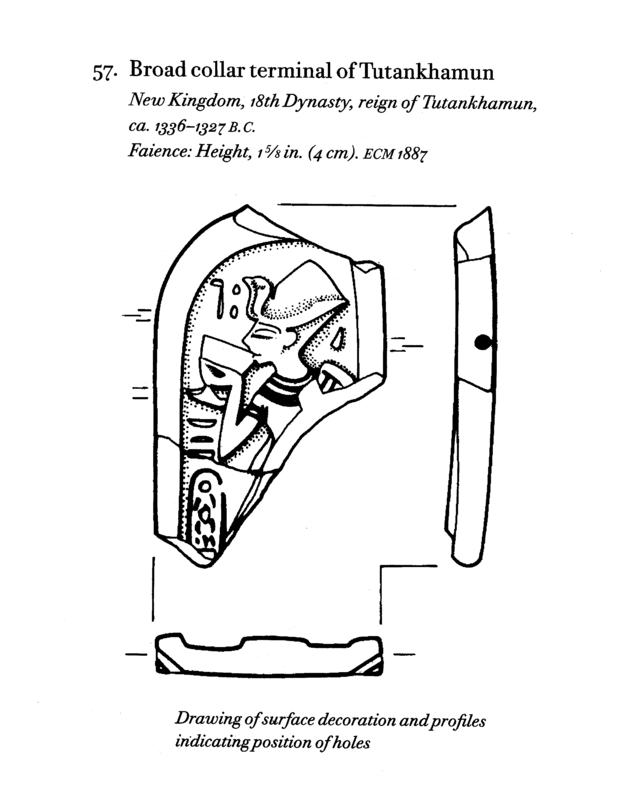
Legacy and Modern Significance
Since its discovery, the Lotus Chalice has captivated historians, archaeologists, and the public. It was prominently displayed in the Egyptian Museum in Cairo and featured in international exhibitions, such as the Treasures of Tutankhamun world tour. Its intricate design and profound symbolism continue to inspire admiration and scholarly inquiry.
The chalice’s journey from the Valley of the Kings to modern museum collections highlights the enduring fascination with ancient Egypt’s art and spirituality. Today, it serves as a reminder of the skill and vision of Egyptian artisans, as well as the cultural and religious ideals that shaped their world.
Video
Explore 12 of the most incredible ancient Egypt finds that have left scientists stunned – watch the video to uncover the mysterious and eerie discoveries that continue to fascinate researchers!
Conclusion
The Lotus Chalice of Tutankhamun is more than a stunning artifact; it is a window into the spiritual and cultural essence of ancient Egypt. From its exquisite design to its profound symbolism, the chalice embodies the hopes and beliefs of a civilization that revered eternity and renewal.
Its discovery in Tutankhamun’s tomb not only enriched our understanding of the young king’s legacy but also offered a timeless message of life’s cyclical nature and the enduring power of faith. As a masterpiece of art and an emblem of divine aspiration, the Lotus Chalice continues to shine as one of the most cherished treasures of the ancient world.
